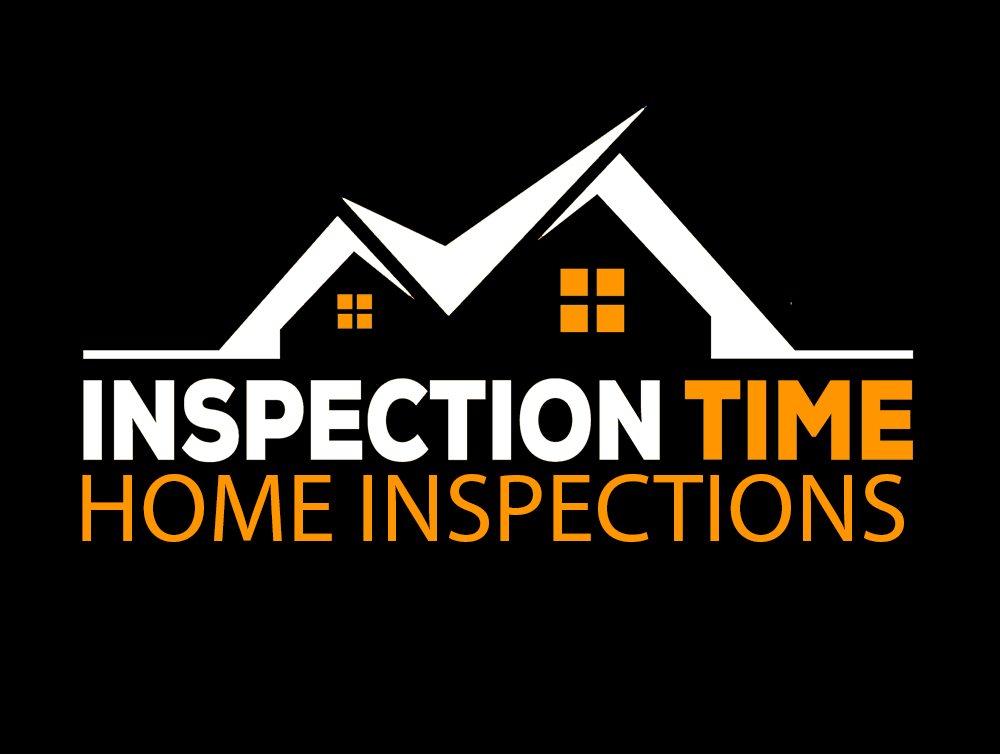by Nick Gromicko, CMI®
Aluminum siding is generally in decline as an exterior cladding material because vinyl siding and other materials have become more popular choices. However, it is still among the most common forms of siding found today. It provided many advantages over other materials when it was introduced in the 1940s. It was installed on many affordable homes through the 1970s.
InterNACHI inspectors will encounter aluminum siding on many home exteriors and can benefit from knowing more about this common form of exterior cladding. Homeowners may be interested in the drawbacks of this material, as well as some of the advantages it still provides in certain situations today.
History and Manufacturing
Aluminum siding is made from aluminum coil stock, which is chemically coated to protect the metal and then painted for further protection, as well as aesthetics. After coating, the siding is baked for durability, with enamel often added to create desired textures.
One of the earliest architectural uses of aluminum came in the 1920s when it was used to produce ornamental spandrel panels for the Chrysler Building and the Empire State Building in New York City. By the 1940s, aluminum siding was being produced for use on residential structures, and quickly became popular due to the advantages it provided over other materials in use at the time. A Pennsylvania subdivision built in 1947 was reportedly the first housing project to use solely aluminum siding.
Its popularity remained fairly steady until the 1970s, during the energy crisis. Aluminum siding requires a great deal of energy for production, as well as consumption of a significant amount of raw materials. These factors largely contributed to its decline in use as other forms of exterior cladding became more popular.
Pros and Cons
Although aluminum siding is seeing less use these days, it possesses some attributes that may be seen as advantageous over other materials in certain situations. There are also some areas where aluminum siding doesn’t stack up quite as well as other options. Here are some pros and cons to consider with aluminum siding.
Advantages
- Aluminum siding is very lightweight.
- It is fairly durable. When properly maintained, it can last from 40 years to the life of the structure.
- It accepts the application of paint well and can be painted any desired color.
- Aluminum siding does not rust.
- It is fireproof. In case of fire, it will not burn or melt like other claddings.
- It is waterproof. When properly installed, it provides excellent water-resistant capabilities for exterior walls.
- Since aluminum siding contains no organic material, it will not rot or serve as a source of food for termites.
- An enamel coating baked onto the surface of the siding can mimic the look of other materials, such as wood grain, which gives the siding a more traditional look.
- Aluminum siding is recyclable.
Disadvantages
- Aluminum siding can dent easily, and the damaged area may be difficult to repair or replace. Many siding manufacturers offer a thin backing board of insulation that fits behind each panel. This backing can help protect against dents.
- Although the siding takes the application of paint well, it may need to be repainted every five to 10 years. If any oxidization has occurred, it must be removed before new paint is applied, which can make for a labor-intensive process. In general, repainting aluminum siding requires preparation similar to repainting a car.
- Scratches in the siding will usually be immediately noticeable and unsightly because they can reveal the metal surface below the paint.
- Although aluminum will not rust because it contains no iron, as opposed to steel siding, it can corrode. It can also be stained by the rust on adjacent materials.
- The sound of rain and hail striking it can be loud enough that some people avoid using it for this reason alone.
- Aluminum siding has gone out of style aesthetically, and is generally considered less desirable than both more traditional and newer, modern forms of exterior cladding.
- The production of aluminum siding requires a large amount of energy and raw materials.
Inspection Tips
Here are some things that inspectors can keep in mind while examining exterior walls clad in aluminum siding:
- Since metal siding can conduct electricity, some jurisdictions require that the siding be grounded as a safety measure. Inspectors can check with the local authority having jurisdiction (AHJ) to find out if grounding is a requirement.
- Aluminum siding can be distinguished from vinyl siding by visual inspection. Any dents in the siding are a clue that it is aluminum, as opposed to vinyl, which may show cracks or breaks.
- Lightly tapping on the siding can also help determine what the material is. Aluminum has a slightly hollow and metallic sound when struck.
- Distinguishing between aluminum and steel siding can be more difficult and may require the use of a magnet, which will interact with steel but not aluminum. Rust spots are another sign that the siding is steel.
- Properly installed aluminum siding should not be in contact with the ground. The AHJ can be consulted for the minimum required clearance.
- If the siding has been installed in contact with the ground or below ground level, outward bulging at the bottom can be an indication that the building sills and/or lower walls have been damaged by rot or pests.
Aluminum siding was very popular in the latter part of the 20th century and is still installed on many homes across the United States today. InterNACHI inspectors who know more about this common type of exterior cladding will be at an advantage when inspecting exteriors and answering clients’ questions.




